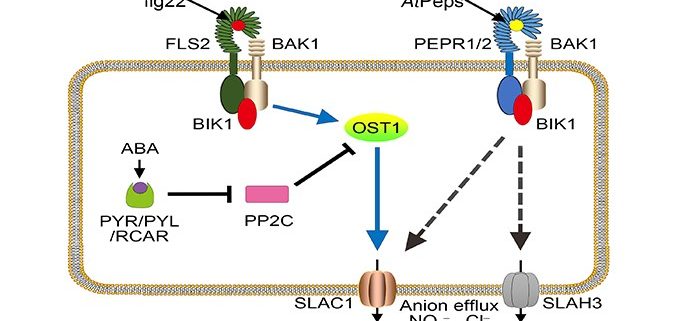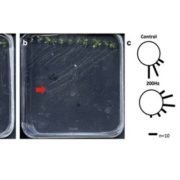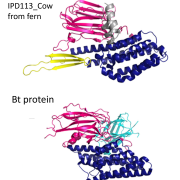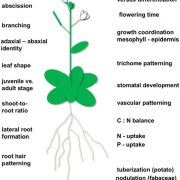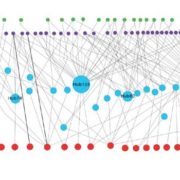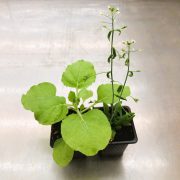All Roads Lead to Rome: Multiple Pathways Close Stomata in Plant Defense
Zheng et al. reveal that plant endogenous peptides and their receptors initiate stomatal closure to prevent microbes’ entry, thus enhancing plant immunity. The Plant Cell (2018) https://doi.org/10.1105/tpc.17.00701.
By Xiaojiang Zheng and Sheng Luan.
Background: Unlike animals, plants can’t walk away from their unfavorable environments. To recognize invading microbes, plants have evolved specialized pattern recognition receptors at the plasma membrane. These receptors detect and interact with signals generated from invading microbes, and trigger an immune response known as pattern-triggered immunity (PTI). Specific receptors can also perceive plant-derived damage- or danger-associated signals, such as cell wall fragments and plant peptides, and activate PTI, serving as a supplementary defense mechanism. In Arabidopsis, the so-called plant elicitor peptides (Peps) are derived from precursor proteins and are perceived by two receptor kinases called PEPR1 and PEPR2, leading to immune responses.
Question: We wanted to determine how the Peps-PEPR signaling system works in plant defense. Does it control microbe entry through stomata, and thus play a role in stomatal immunity? We tested this by studying the effect of synthetic Peps on stomatal movement in normal plants and various mutant plants lacking Pep receptors or other candidate players in the signaling pathway, followed by experiments to measure ion channel activities responsible for stomatal control.
Findings: We uncovered a new function of the Peps-PEPR system in stomatal immunity in Arabidopsis, to restrict pathogen entry. Through the activation of two guard cell anion channels, SLOW ANION CHANNEL1 (SLAC1) and its homolog SLAH3, the Peps-PEPR pathway initiates stomatal closure. Interestingly, disruption of OPEN STOMATA1 (OST1), an essential gene for stomatal closure triggered by the hormone abscisic acid, did not affect the Pep1-induced anion channel activity and stomatal response. Our findings revealed a unique mechanism for stomatal regulation that has not been previously recognized.
Next steps: Although we established that the Peps-PEPR system plays a role in stomatal immunity, the detailed mechanism remains unclear. Our further work will be to identify signaling components that translate the Peps-PEPR signal into activation of the ion channels in guard cells leading to stomatal closure.
Zheng X., Kang S., Jing Y., Ren Z., Li L., Zhou J.-M., Berkowitz G., Shi J., Fu A., Lan W, Zhao F.-G., Luan S. (2018). Danger-Associated Peptides Close Stomata by OST1-Independent Activation of Anion Channels in Guard Cells. Plant Cell https://doi.org/10.1105/tpc.17.00701.


